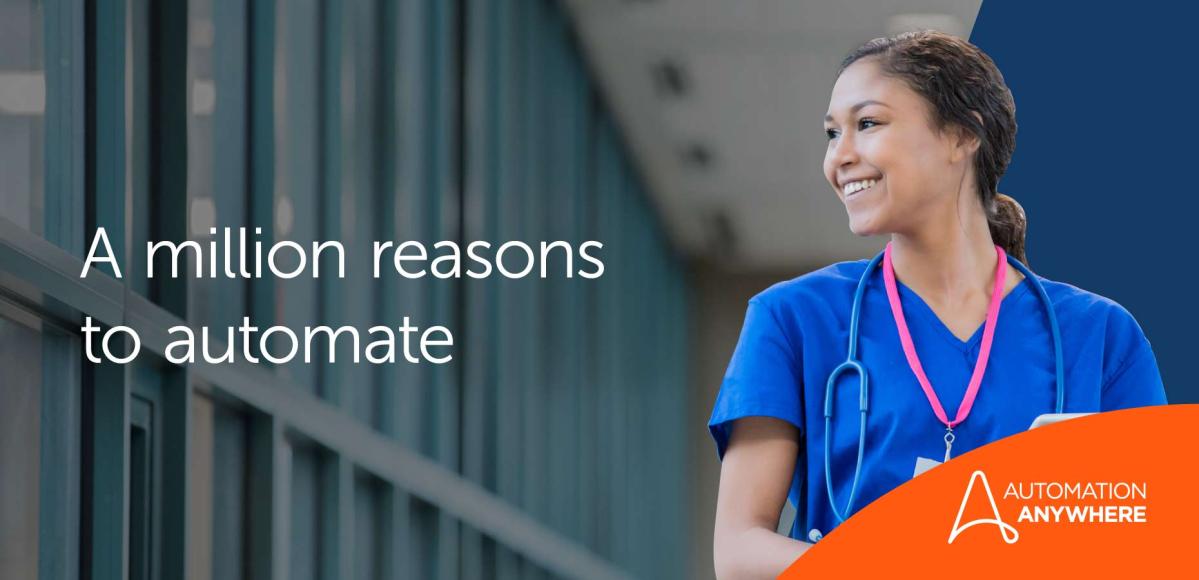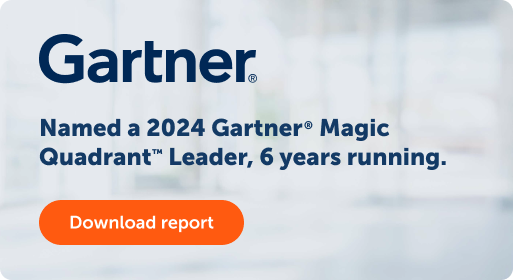- Login
- Search
- Contact Us
-
Have a question? Our team is here to help guide you on your automation journey.
-
Explore support plans designed to match your business requirements.
-
How can we help you?
-
- Products
Automate any process, anywhere Streamline complex, mission-critical workflows with the Agentic Process Automation System. Explore the Platform Explore the Platform
- AI System
- Build AI Agents
Automate advanced tasks with AI Agent Studio.
- Streamline workflows
Rapidly design and deploy with Automator AI.
- Process complex documents
Extract and organize data with Document Automation.
- Discover opportunities
Identify inefficiencies with Process Discovery.
- Orchestrate automations
Centralize initiatives with Automation Workspace.
- Build AI Agents
- Automation System
- Govern programs
Establish frameworks and oversight with CoE Manager.
- Automate from any app
Get AI-powered assistance with Automation Co-Pilot.
- Speed workflows with cloud
Power instant data exchange with serverless Automation Anywhere Cloud Service
- Unify systems
Connect applications and workflows with seamless integrations.
- Govern programs
- View all Products
-
- Solutions
Featured Solutions
 Google Cloud Google Cloud and Automation Anywhere empower enterprises to fast-track their AI + Automation journey. Google Cloud
Google Cloud Google Cloud and Automation Anywhere empower enterprises to fast-track their AI + Automation journey. Google Cloud Amazon Web Services Streamline workflows, reduce costs, and make automating even easier when you combine the Agentic Process Automation System with AWS Amazon Web Services
Amazon Web Services Streamline workflows, reduce costs, and make automating even easier when you combine the Agentic Process Automation System with AWS Amazon Web Services - Resources
Get Community Edition: Start automating instantly with FREE access to full-featured automation with Cloud Community Edition.
Featured
 Named a 2024 Gartner® Magic Quadrant™ Leader for Automation. Celebrating Six Years of Recognition as a Leader. Download report Download report
Named a 2024 Gartner® Magic Quadrant™ Leader for Automation. Celebrating Six Years of Recognition as a Leader. Download report Download report- Become an Expert
- Developer Tools
- Get Support
- View all resources
-
- Partners
Find an Automation Anywhere Partner Explore our global network of trusted partners to support your Automation journey Find a Partner Find a Partner
- Find a Partner
- For Partners
-
Blog
How to comply with the Information Blocking Rule and avoid the penalties

Imagine being fined $1 million for not providing a patient with information in a timely manner about his or her healthcare and the cost of that healthcare. Throughout the United States, healthcare organizations could face that penalty as a result of a government regulation that was enacted in October 2022.
The regulation is called the Information Blocking Rule (IBR). And Intelligent Automation can play an essential role in helping organizations comply with the regulation and avoid the steep penalty.
Recently, a blog interview with Dr. Yan Chow, MD, MBA, the global healthcare industry leader for Automation Anywhere, touched on the new regulation. This article goes deeper.
More than just clinical notes
Historically, when patients wanted to obtain their medical records, that meant clinical notes only: imaging reporting, lab results, and office visit notes. If a patient needed financial records, that was usually obtained from a separate system and was requested by a patient’s insurance company.
The IBR requires that any provider must be able to give patients their complete medical records, including Electronic Health Information (EHI), within a few days. And the challenge with that is, typically, the records are in various locations, on various systems that don’t easily communicate with one another, and in different formats.
Adding to the provider pressure, with the new regulation, the government has created a portal that any patient or caregiver can use to report a physician who cannot provide a full record of services rendered, clinically and financially, in a timely manner. And the report can result in that provider receiving the fine of up to $1 million per patient.
Information here, there, everywhere
With a legacy environment, gathering everything together and without errors can be a Sisyphean task. For example, say a patient has a serious medical issue. The patient walks into a doctor’s office and requests his or her information. But consider if that patient has seen more than one doctor, went to the hospital, and got imaging studies for that issue.
There is the doctor who coordinates the care, as well as the emergency room doctor, the imaging facility or hospital where the patient may have been seen, and the radiologist or pathologist. If the patient had surgery, there are anaesthesiologists, other clinical specialists, more lab work, and maybe even post-surgery care such as physical therapy.
All of these locations and providers have rendered services to the patient. The IBR is unclear where the culpability lies with which physician.
If a patient wants the records and the doctor is on staff at the hospital where the patient was treated, the coordinating doctor may have to provide records from the office, the hospital, the laboratory, outpatient care, and, maybe, the pharmacy.
You can be sure the locations don’t have the same billing or clinical system. And with legacy environments, gathering everything together is usually handled manually, which is time-consuming and runs the risk of creating errors that can be reported back to the regulatory organization and result in penalties.
How automation can help
If providers have Intelligent Automation, they can use Digital Co-Workers, to automate manual processes, streamlining and accelerating the gathering and organizing of records. Intelligent Automation is designed to help connect and retrieve information from disparate systems, log and audit the retrieval, collate the information, and even put that information into a common, centralized location from which patients can be given access. Intelligent Automation can handle tasks repeatedly, at scale, without error, around the clock. It can also put information into a more consumable format that’s patient-friendly.
A tool for decision-making
Part of the information-gathering task usually includes decision-based steps in which a clinician must decide what records to include. Intelligent Automation can simplify the task.
For example, the Automation Anywhere digital co-pilot Automation Co-Pilot can help a clinician log in to the different systems, authenticate and extract the required information, and even write to the hospital, office, radiology imaging center, and other locations, requesting or providing information. That can be done quickly and easily with a single pane of glass.
For other types of compliance
The same automations that can help provide information to patients in accordance with IBR can also be used for complying with other regulations, such as Good Faith Estimates (GFEs). An automation can be tasked to log in to hospitals and retrieve provider eligibility and billing and other GFE information from systems such as Epic, Cerner, or Meditech. The automation can check a patient’s insurance plan against which providers are eligible to treat certain conditions. It can then extract information on pricing information for services as well as advance notification of any non-participating providers.
All that information was often challenging to obtain and deliver until the GFE requirement and the introduction of Intelligent Automation.
Expanding use cases
Compliance is only one area where Intelligent Automation is proving to be a must-have tool for healthcare organizations. It’s also being deployed to improve patient care and the business of that care, automating clinical and front- and back-office operations.
Put Intelligent Automation to Work for Your Organization.
About Stelle Smith
A senior healthcare sales engineer at Automation Anywhere, Stelle has more than 20 years of experience in the field. He is a subject matter expert on clinical and RCM workflow and is a certified CPC and CCS medical coder.
Subscribe via Email View All Posts LinkedInAuthor's recent posts
Get to know the Agentic Process Automation System.

For Students & Developers
Start automating instantly with FREE access to full-featured automation with Cloud Community Edition.


